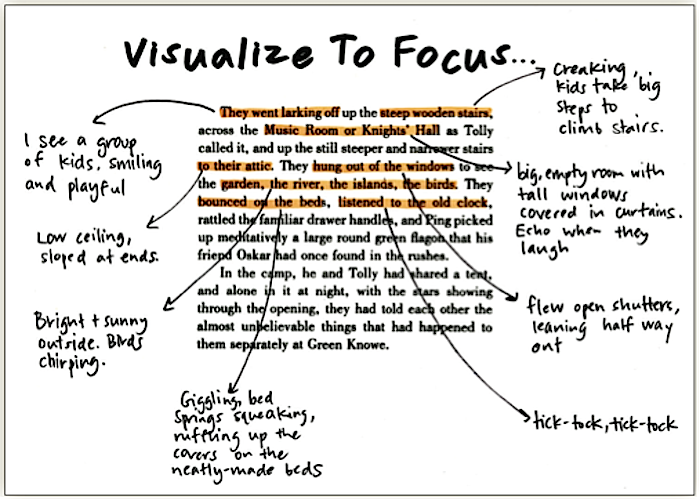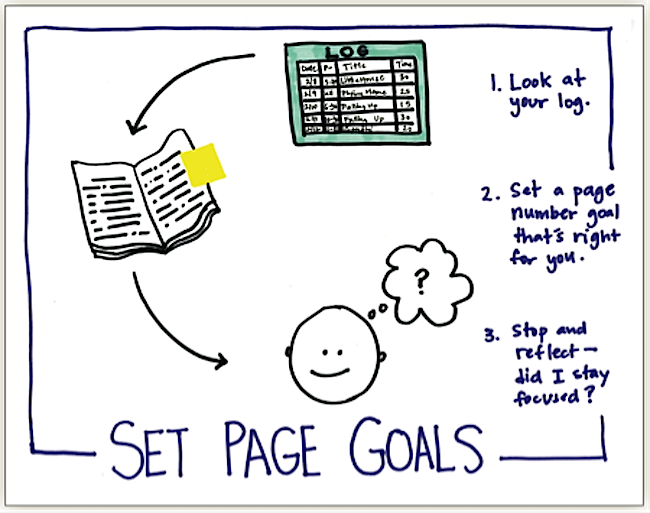How do we teach children to become better writers? Model.
Model with your writing, student writing, writing from other classrooms, models
from Lucy Calkins books… Just Model.
Maybe you’re a great writer, but you are uncertain how to show
your students. Maybe you’re uncomfortable because you don’t feel you learned to
be a good writer. Believe it or not, you know more than your kids and modeling
is the best way to teach your students.
It’s unfair to ask kids to do something that hasn’t been
demonstrated for them.
Writers are the best writing teachers. The only way to
become better at something is to practice. It’s important to practice what you
preach. If you want your students to publish one writing piece a month, then
consider publishing one of your own every month. Model your writing in front of
your students, using your own writer’s notebook. Let them know what you have
written, want to add next, and will be working on before the next writing
lesson.
Student models are also important. Have students share their
writing daily. Don’t just ask kids to share, ask for students to share things
that fit the lesson or models a technique they have learned. When items like
this are shared, other students in the class will strive to meet the model.
Sometimes you need to look other places to find student
models. Don’t be afraid to ask other teachers to share student writing that
demonstrates a skill you are working toward. There are also student exemplars
in the Lucy Calkins writing units.
Ask your coach if you need help getting started!







